The ASPET Memorial Travel Award Fund serves as a vehicle for commemorating the lives and work of deceased ASPET members by request of their families and the ASPET Council. Find out more about former ASPET members honored and commemorated through this fund.
Jerry J. Buccafusco (1949–2010)
Dr. Jerry Buccafusco began his scientific career with a chemistry set in his father’s basement in Jersey City. He received his bachelor's degree in chemistry from St. Peter’s College, his master's degree in chemistry from Canisius College, and his doctoral degree in pharmacology from the University of Medicine and Dentistry of New Jersey. In 1979, Dr. Buccafusco joined the faculty at the Medical College of Georgia where he remained until his death. He was appointed director of the neuropharmacology laboratory at the Veterans Administration, and was founder and director of both the Alzheimer’s Research Center and the Animal Behavior Center at the Medical College of Georgia.
Dr. Buccafusco’s research included the development of novel treatment modalities for Alzheimer’s disease and related disorders. His laboratory was the first to report the cognitive enhancing effects of low doses of nicotine in non-human primates. He also did research on the role of central cholinergic neurons in the development of physical dependence on opiates. At the time of his death, he was working on the development of single molecular entities that act on multiple CNS targets to not only enhance cognitive function but also to provide neuroprotection and alter the disposition and metabolism of amyloid precursor protein.
In 2008, Dr. Buccafusco was the recipient of the Pharmacia-ASPET Award in Experimental Therapeutics from the American Society of Pharmacology and Experimental Therapeutics (ASPET). He served as an associate editor for the Journal of Pharmacology and Experimental Therapeutics and was the founding chair of ASPET’s Division for Systems and Integrative Pharmacology. He also served on the executive committee of ASPET’s Division for Drug Discovery, Development and Regulatory Affairs.
In recognition of Dr. Buccafusco’s very significant contributions to the field of pharmacology and his devoted service to ASPET, the Division for Drug Discovery, Development and Regulatory Affairs and the Division for Integrative Systems, Translational and Clinical Pharmacology established a memorial fund to support graduate student travel to the annual meeting for students working in areas of interest to these two divisions.
Joseph P. Buckley (1924–1993)
Dr. Joseph P. Buckley received his bachelor's degree in pharmacy from the University of Connecticut and his mater's and doctoral degrees in pharmacology from Purdue University. From 1952 to 1973, he was professor and chair of the department of pharmacology at the University of Pittsburgh School of Pharmacy. From 1973–1986, he was dean of the University of Houston College of Pharmacy, and until 1991, he was professor of pharmacology and director of the cardiovascular institute at the University of Houston, as well as adjunct professor in the department of medicine at Baylor College of Medicine. Dr. Buckley was a visiting professor at the department of pharmacology at the University of California, San Diego and at the institute of physiology of the Karolinska Institute in Stockholm, where he collaborated with Nobel Laureate Ulf von Euler. After retiring, he served as editor of the Journal of Clinical & Experimental Hypertension.
Dr. Buckley was widely known for his pioneering studies which established the role of angiotensin II in central cardiovascular regulation and led to the development of new concepts in understanding hypertension and antihypertensive drug mechanisms. His research also contributed to an understanding of the interrelationship between environmental stress and hypertension.
Dr. Buckley was also recognized as an educator, being active in the development of graduate programs and graduate training in the pharmaceutical sciences. He is the author of three books and 227 publications. He was the recipient of numerous awards and recognitions for both his research and his contributions to education. His biography is listed in "Who’s Who in America."
Dr. Buckley joined ASPET in 1959 and chaired the fall meetings in 1969 in Pittsburgh and in 1978 in Houston. Dr. Buckley died in 1993, and this endowment was established by his former students to allow eligible graduate students in pharmacology in the U.S. to travel to the annual ASPET meeting.
Thomas F. Burks (1938–2001)
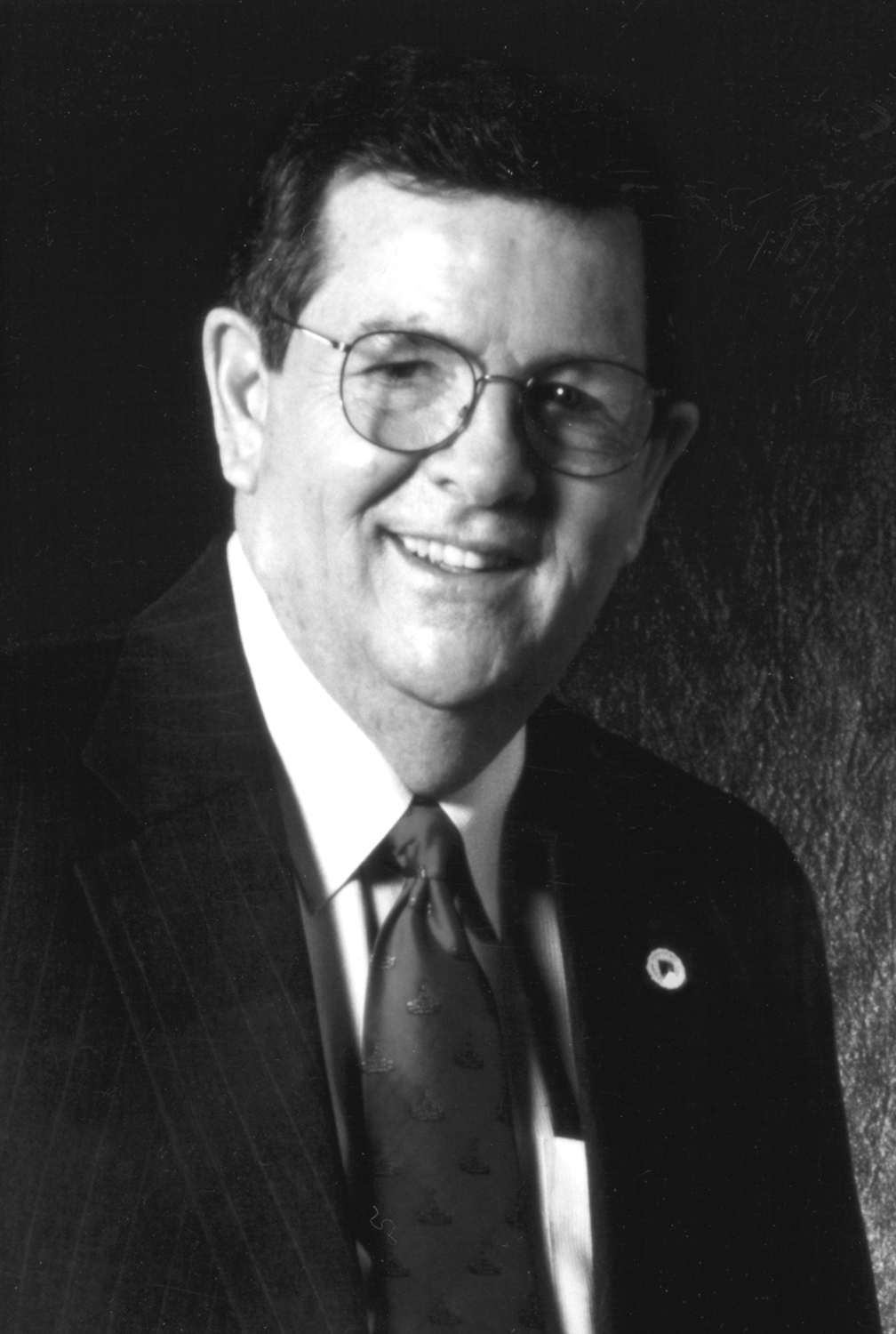 Dr. Thomas Burks received his bachelor's in pharmacy and his master's in pharmacology from the University of Texas at Austin and his doctoral degree in pharmacology from the University of Iowa College of Medicine under the direction of Dr. J.P. Long. He did postdoctoral work with Professor W. Feldbert at the laboratory of neuropharmacology at the National Institute of Medical Research in London, England. In 1968, he joined the faculty at the University of New Mexico School of Medicine. In 1971, he left New Mexico to become associate professor of pharmacology at the University of Texas Medical School in Houston. He moved to the University of Arizona in 1977 to chair the department of pharmacology and in 1983 to became associate dean for Research at the college of medicine. In 1991, he returned to the University of Texas Medical Center in Houston as its chief academic officer and served as the executive vice president for research and academic affairs until his untimely death.
Dr. Thomas Burks received his bachelor's in pharmacy and his master's in pharmacology from the University of Texas at Austin and his doctoral degree in pharmacology from the University of Iowa College of Medicine under the direction of Dr. J.P. Long. He did postdoctoral work with Professor W. Feldbert at the laboratory of neuropharmacology at the National Institute of Medical Research in London, England. In 1968, he joined the faculty at the University of New Mexico School of Medicine. In 1971, he left New Mexico to become associate professor of pharmacology at the University of Texas Medical School in Houston. He moved to the University of Arizona in 1977 to chair the department of pharmacology and in 1983 to became associate dean for Research at the college of medicine. In 1991, he returned to the University of Texas Medical Center in Houston as its chief academic officer and served as the executive vice president for research and academic affairs until his untimely death.
Dr. Burks’ research efforts focused on the complex local regulation of the GI tract by opiate drugs. He was the first to demonstrate the development of tolerance to the intestinal actions opiates. His work encompassed the effects of neuropeptides in sensory ganglia on multiple systems, and in particular, the importance of capsaicin-sensitive afferent fibers in these responses. In collaboration with Dr. Victor Hruby, he developed highly selective and stable opioid delta receptor ligands that remain the standard for investigation of opioid delta receptor pharmacology throughout the world. As well known as his research was, Dr. Burks was equally well-known for his mentoring of students and his superb teaching, for which he repeatedly won awards.
Tom Burks served on advisory councils and study sections for the NIH and the FDA, as well as countless university and society committees. He was president of the Western Pharmacology Society from 1982–1983 and of ASPET from 1990–1991. His vision for the future of pharmacology guided both of those organizations during significant times of transition. He was selected to be the President of the IUPHAR XIVth World Congress of Pharmacology in 2002, the first IUPHAR World Congress to be held in the United States in thirty years, and was actively involved in the planning of this congress at the time of his death.
In recognition of his contributions to research and teaching in the field of pharmacology, his commitment to the education of students, and his role in the XIVth World Congress of Pharmacology, ASPET created a memorial fund in Dr. Burks’ name to send an outstanding student to the IUPHAR World Congress of Pharmacology every four years.
Robert F. Furchgott (1916–2009)
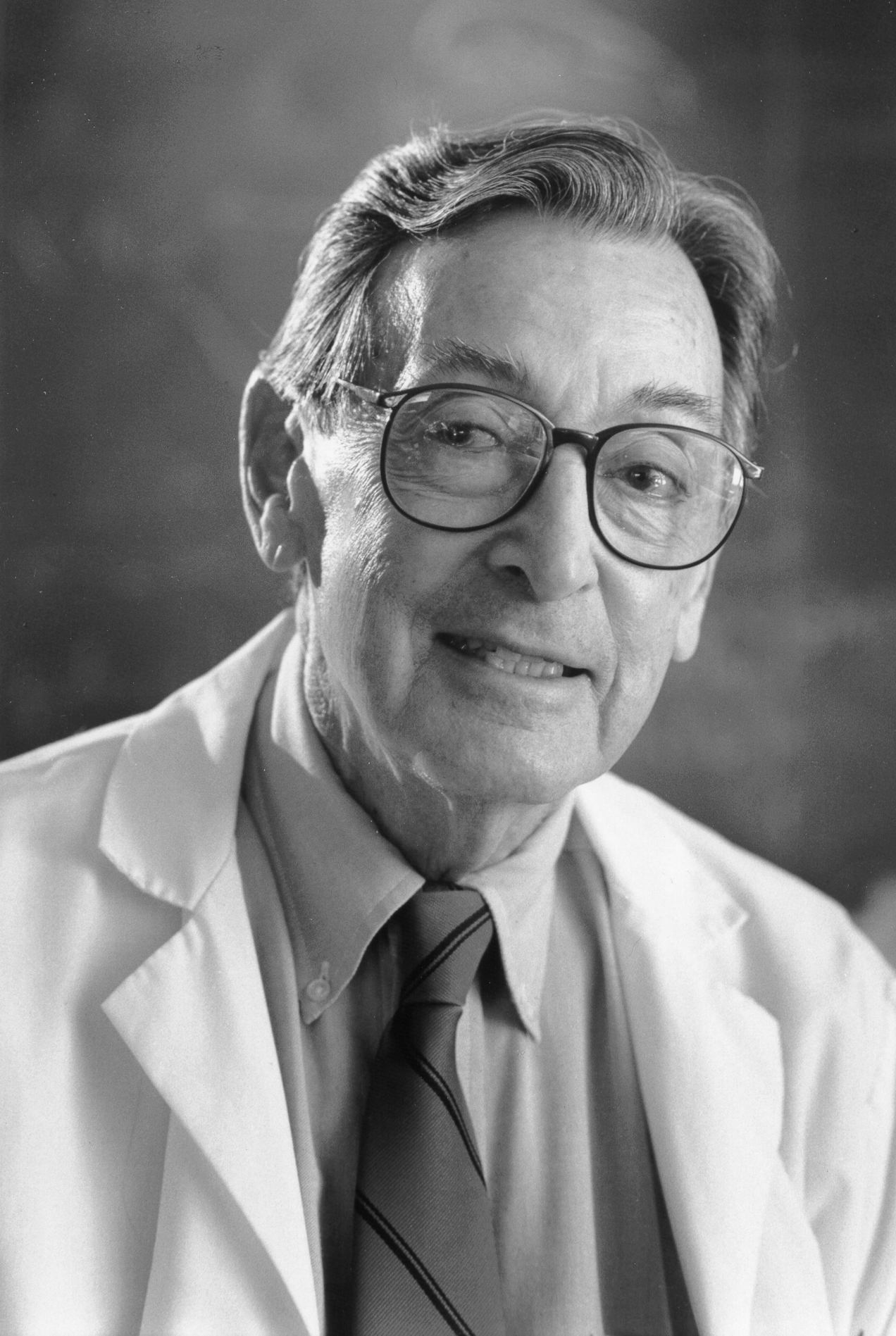 Dr. Robert Furchgott received his bachelor's degree in chemistry from the University of North Carolina and his doctoral degree in biochemistry from Northwestern University. He did post-doctoral training at Cornell University Medical College. In 1949, he left an assistant professor position at Cornell to move to Washington University School of Medicine. In 1956, he moved to the State University of New York Downstate Medical Center in Brooklyn.
Dr. Robert Furchgott received his bachelor's degree in chemistry from the University of North Carolina and his doctoral degree in biochemistry from Northwestern University. He did post-doctoral training at Cornell University Medical College. In 1949, he left an assistant professor position at Cornell to move to Washington University School of Medicine. In 1956, he moved to the State University of New York Downstate Medical Center in Brooklyn.
Dr. Furchgott's research interests have included the pharmacology of cardiac and smooth muscle, factors and mechanisms in muscle contraction, and the theory of drug-receptor interactions. He and his colleagues were the first to show that acetylcholine and a number of other very potent endogenous vasodilator agents produce relaxation of vascular smooth muscle by acting on the endothelial cells to cause them to produce and release a factor that in turn acts on the muscle cells of the blood vessels to activate relaxation. He subsequently proposed that this endothelial derived relaxation factor was nitric oxide. In recognition of this key discovery, as well as his contributions to overall drug-receptor theory, Dr. Furchgott received ASPET's Goodman and Gilman Award for receptor pharmacology in 1984 and the 1998 Nobel Prize for physiology and medicine.
Dr. Furchgott has served on the editorial boards of the Journal of Pharmacology and Experimental Therapeutics and Pharmacological Reviews and as a member of the Board of Publications Trustees. He has also served ASPET on the program committee, the membership committee, the nominating committee (as chair), and the educational and professional affairs committee. He was elected president of ASPET in 1970–1971.
In recognition of Dr. Furchgott's very significant contributions to the field of pharmacology and his devoted service to ASPET, an endowment to fund graduate student travel was created at ASPET.
Harvey B. Haag (1900–1961)
Dr. Harvey Haag graduated from the school of pharmacy and the school of medicine of the Medical College of Virginia (now Virginia Commonwealth University). Following postdoctoral training at Cornell University School of Medicine, he returned to MCV as an assistant professor of pharmacology. Dr. Haag remained at MCV his entire career, advancing to become chair of the department of pharmacology in 1933 and serving as dean of the school of medicine from 1947 until 1950.
Dr. Haag was chairman of the committee on pharmacology and posology of the National Formulary, a member of the revisions committee of the United States Pharmacopeia, and a member of the council on drugs of the American Medical Association. He served ASPET as its secretary/treasurer from 1946–1950 and as president from 1954–1954.
Dr. Haag was a respected and well-liked teacher. None of his students will ever forget his breezy entrance with broad smile, bow tied cocked jauntily, and cigar in hand, and his first greeting to them of "happy days are here again." Dr. Haag's lectures were characterized not only by their clarity but also by the injection of his humor, which kept the topic alive and interesting. Because of his commitment to education, a memorial fund was established at ASPET to fund graduate student travel to the annual meeting.
Keith F. Killam, Jr. (1927–1998) and Eva King Killam (1921–2006)
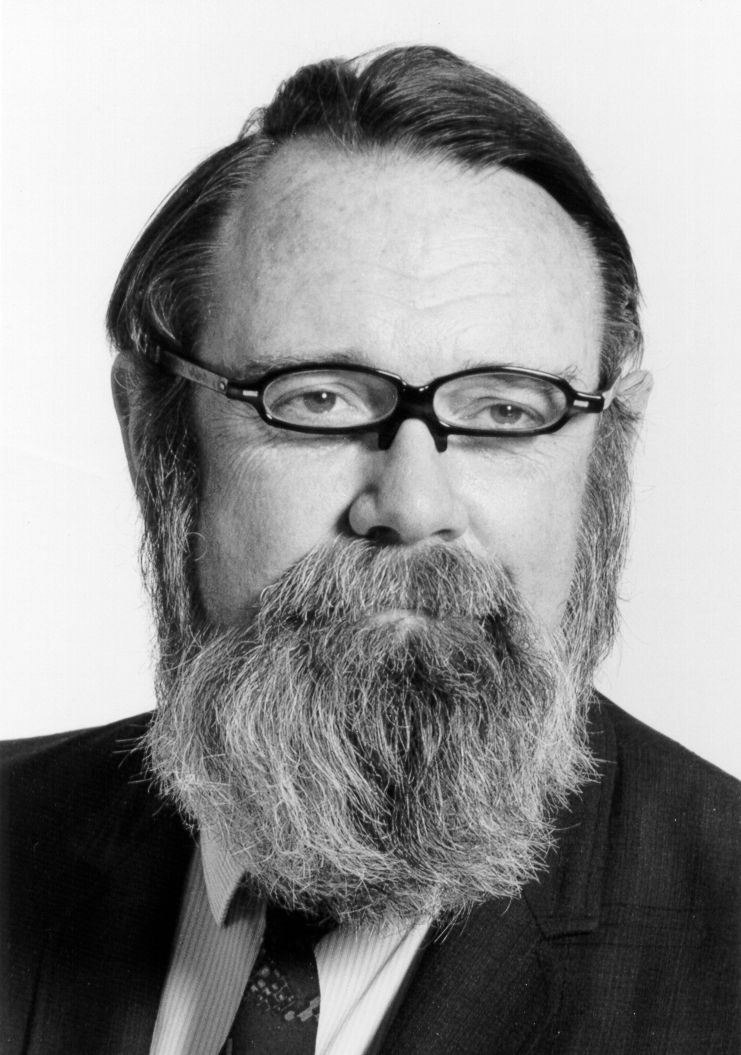 Dr. Keith Killam received his bachelor's degree in engineering from Tufts College and his master's and doctoral degrees in Pharmacology from the University of Illinois. Following postdoctoral training in the departments of pharmacology and anatomy at the Brain Research Institute of UCLA Medical Center, he became a professor of pharmacology at Stanford University School of Medicine. In 1968, he left Stanford to become founding chair of the department of pharmacology at the newly created medical school at the University of California, Davis. During that time, he was affiliated with the National Center for Primate Biology in Davis and acted as associate director and interim acting director in 1968. During his tenure at UC-Davis, he also held positions as director of medical learning resources and associate dean for sciences basic to medicine.
Dr. Keith Killam received his bachelor's degree in engineering from Tufts College and his master's and doctoral degrees in Pharmacology from the University of Illinois. Following postdoctoral training in the departments of pharmacology and anatomy at the Brain Research Institute of UCLA Medical Center, he became a professor of pharmacology at Stanford University School of Medicine. In 1968, he left Stanford to become founding chair of the department of pharmacology at the newly created medical school at the University of California, Davis. During that time, he was affiliated with the National Center for Primate Biology in Davis and acted as associate director and interim acting director in 1968. During his tenure at UC-Davis, he also held positions as director of medical learning resources and associate dean for sciences basic to medicine.
Dr. Keith Killam's research in the area of drugs of abuse resulted in over 150 publications. At the time of his death, he was actively engaged in research on the HIV virus as it related to drug abuse. He served on many national and international committees dealing with drug abuse, including the Pharmaceutical Manufacturers' Association Foundation (now PhRMA Foundation), the committee on the problems of drug dependence, and the National Academy of Sciences committee on halcion.
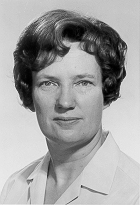 Dr. Eva King Killam received her bachelor's degree from Sarah Lawrence University and her master's degree in zoology from Mount Holyoke College. She spent three years working as a pharmacologist for the Army Chemical Center before entering the doctoral program in pharmacology at the University of Illinois. Following postdoctoral training and research pharmacologist positions at the UCLA Medical School, she became a research associate in the department of pharmacology at Stanford University. She joined the faculty at the University of California, Davis in 1968, first in physiology and then in pharmacology where she rose to the rank of professor. The Killams were married in 1955 while at UCLA.
Dr. Eva King Killam received her bachelor's degree from Sarah Lawrence University and her master's degree in zoology from Mount Holyoke College. She spent three years working as a pharmacologist for the Army Chemical Center before entering the doctoral program in pharmacology at the University of Illinois. Following postdoctoral training and research pharmacologist positions at the UCLA Medical School, she became a research associate in the department of pharmacology at Stanford University. She joined the faculty at the University of California, Davis in 1968, first in physiology and then in pharmacology where she rose to the rank of professor. The Killams were married in 1955 while at UCLA.
Dr. Eva Killam’s research centered on the influence of pharmacologic agents on neural mechanisms. Her early research employed electrophysiological and behavioral approaches to study drug effects on extrapyramidal motor systems, mechanisms involved in sleep and wakefulness, on hippocampal circuits and on electrical correlates of acquisition and performance of conditional behavior. Later on, she focused on the mechanisms and pharmacological control of paroxysmal brain activity and on the effects of anticonvulsants and endocrine changes on learning.
The Killams were very active in ASPET, both serving as president of the society, Keith Killam from 1980–1981 and Eva Killam from 1989–1990. Both also served as presidents of the Western Pharmacology Society and the American College of Neuropsychopharmacology (ACNP). Dr. Keith Killam served ASPET as chair of the committee on professional affairs and chair of the committee on research animals affairs. He was vice-president of the International Union of Pharmacology (IUPHAR). Dr. Eva Killam received the John Jacob Abel Award from ASPET in 1954 and the Paul Hoch Distinguished Service Award from ACNP in 2002. She served as a councilor from 1973–1977 and was the editor of the Journal of Pharmacology and Experimental Therapeutics from 1978–1991.
In commemoration of the Killams’ strong commitment and dedication to the teaching of students, the family established the Keith F. Killam, Jr. and Eva King Killam Memorial Fund for graduate student travel at ASPET.
John P. Perkins (1937–2002)
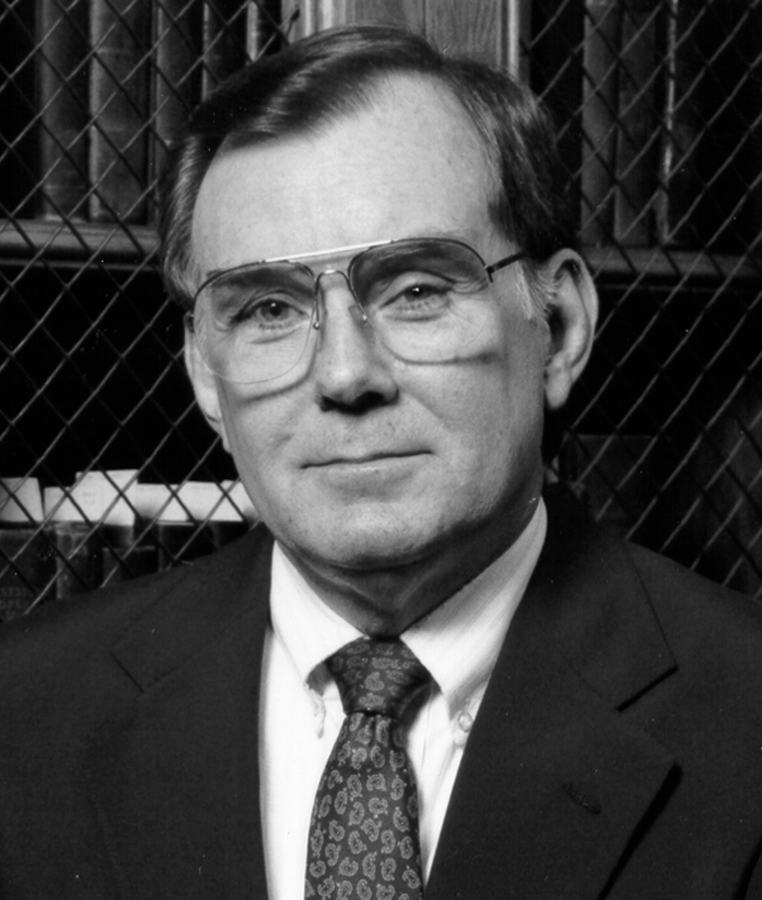 Dr. John Perkins received his bachelor's degree in chemistry and his master's degree in biochemistry from the Arizona State University and his doctoral degree in pharmacology from Yale University. He did postdoctoral training under Dr. Edwin Krebs at the University of Washington. In 1968, he joined the pharmacology faculty of the University of Colorado Medical Center in Denver. Dr. Perkins was appointed professor and chair of the department of pharmacology at the University of North Carolina at Chapel Hill in 1977 and assumed the same position in 1980 at Yale University. In 1989, he became dean of the graduate school and professor of pharmacology at the University of Texas Southwestern Medical Center in Dallas, Texas.
Dr. John Perkins received his bachelor's degree in chemistry and his master's degree in biochemistry from the Arizona State University and his doctoral degree in pharmacology from Yale University. He did postdoctoral training under Dr. Edwin Krebs at the University of Washington. In 1968, he joined the pharmacology faculty of the University of Colorado Medical Center in Denver. Dr. Perkins was appointed professor and chair of the department of pharmacology at the University of North Carolina at Chapel Hill in 1977 and assumed the same position in 1980 at Yale University. In 1989, he became dean of the graduate school and professor of pharmacology at the University of Texas Southwestern Medical Center in Dallas, Texas.
Dr. Perkins's research interests have included the regulation of the expression and control of function of cell-surface receptors by neurotransmitters, hormones, and growth factors. His research focused on the phenomenon of ligand-induced receptor desensitization and down regulation.
Dr. Perkins has served on numerous study sections at the NIH and other funding organizations, including two that focused solely on graduate training. He was the co-founder and co-editor of the Journal of Cyclic Nucleotide Research and a member of the editorial board of the Journal of Biological Chemistry, Molecular Pharmacology, and the Journal of Pharmacology and Experimental Therapeutics. Dr Perkins served ASPET as secretary/treasurer, president, chair of the long range planning committee and a member of the program, nominating, and awards committees.
In recognition of Dr. Perkins' very significant contributions to the field of pharmacology especially in the area of graduate education and his devoted service to ASPET, a graduate student travel award was named in his honor.
Frank G. Standaert (1929–1995)
Dr. Frank Standaert received his undergraduate degree (cum laude) in chemistry from Harvard University and an medical degree from Cornell Medical College. After an internship in medicine at Johns Hopkins hospital, he joined Cornell's pharmacology department where he rose to the rank of associate professor. He left Cornell in 1967 to become chair of the department of pharmacology at Georgetown University School of Medicine and Dentistry. In 1986, he became vice president for academic affairs and dean at the Medical College of Ohio. From 1989 until his death in 1995, Dr. Standaert was director of research at the Toledo Hospital and a special consultant to the National Institute of Mental Health.
A productive scientist in the area of drugs acting at the neuromuscular junction, including cholinergic and curariform drugs and anesthetic agents, Dr Standaert published extensively on the processes involved in post-tetanic potentiation of muscular contraction and the effects of drugs on this process. He was also deeply committed to teaching and instilled this same high commitment in his faculty. Both he and his faculty won the Golden Apple award for teaching. Dr. Standaert served on several NIH and National Research Council committees and was a field editor in neuropharmacology for the Journal of Pharmacology and Experimental Therapeutics.
Dr. Standaert was very active in ASPET. He served as ASPET's president from 1991–1992 in addition to service as secretary/treasurer, chair of the long range planning and meetings committees, and member of numerous other committees. He represented ASPET on the FASEB Board, serving three years as treasurer. His friends and colleagues established this memorial fund at ASPET to commemorate his decisive role in pharmacology. ASPET uses the proceeds from the fund to provide opportunities for graduate students to attend the annual meeting.